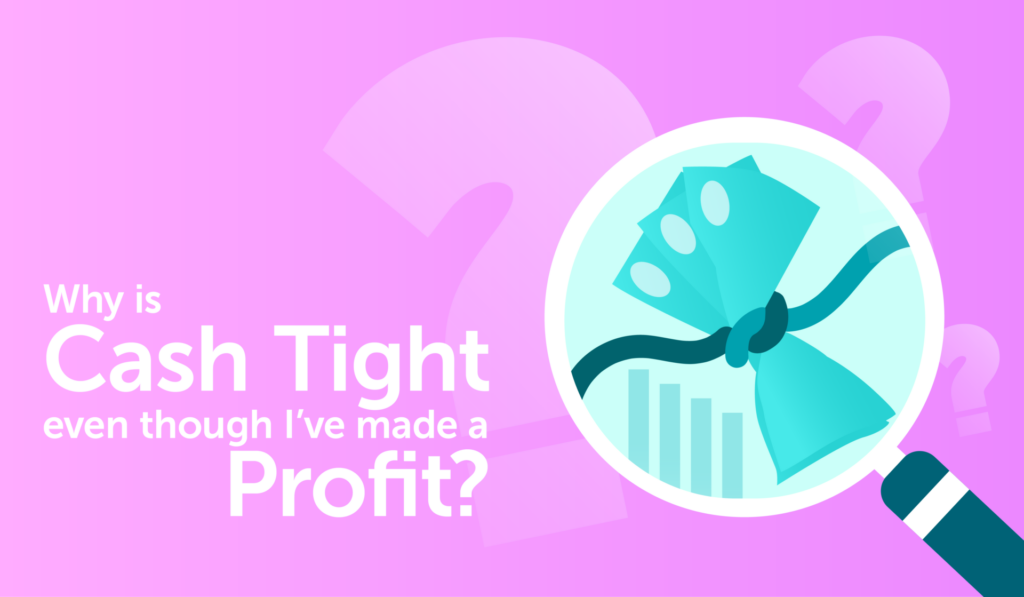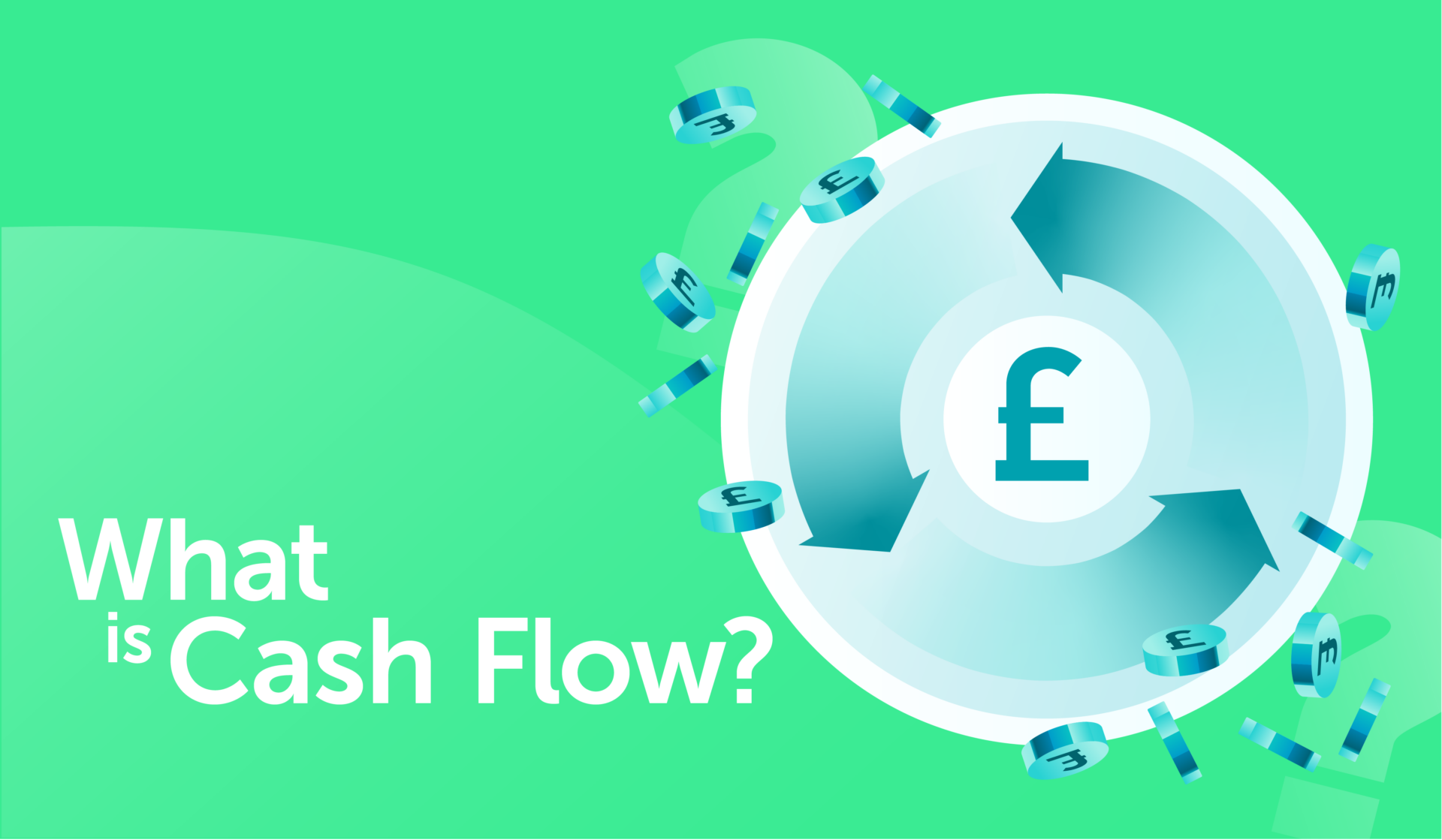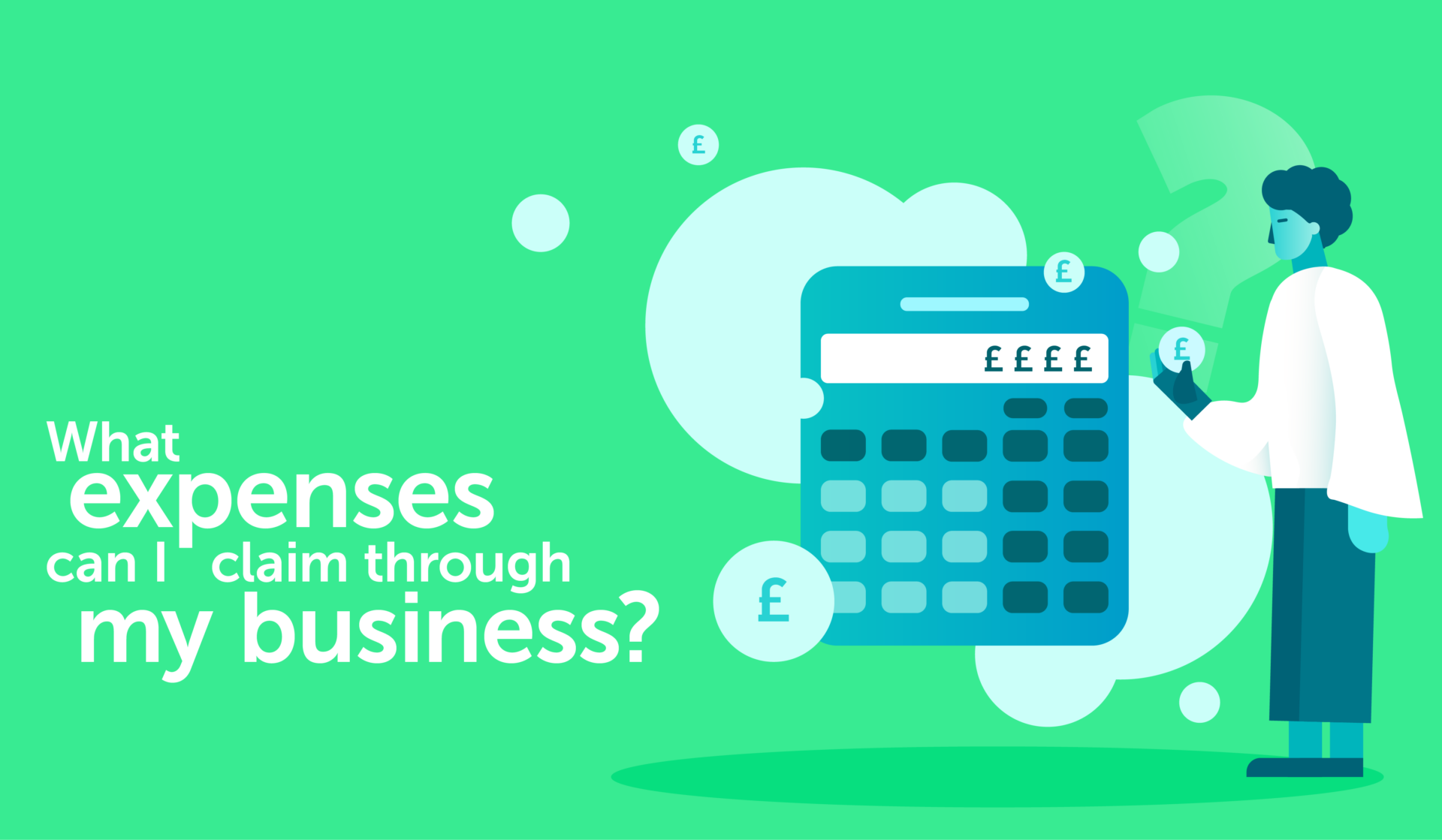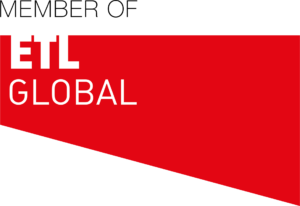
Why is cash tight even though I've made a profit? - Ad Valorem
4 minutes
Why is cash tight even though I’ve made a profit?
Cash can be tight even when a business is making a profit due to several factors. Profit and cash flow are related but making profit doesn’t always mean you have a positive cash flow. Understanding the difference between profit and cash, along with why you may experience cash flow difficulties even when your business is making a profit, may just help your cash position.
Reason why your cash may be tight, even when making a profit:
Timing of Revenue and Expenses: Profit is calculated based on revenue earned and expenses incurred during a specific accounting period, regardless of when the actual cash transactions occur. For example, if you sold a product and raised an invoice for the sale amount, it would be attributed as turnover and therefore count towards your profit. However, the customer may not have paid and therefore you would not yet have received the cash for the sale.
Cash flow, focuses on the actual movement of money in and out of the business. If a business has significant expenses or investments that are paid for upfront or before revenue is collected, it can lead to tight cash flow even if the business is profitable over the long term.
Accounts Receivable and Accounts Payable: If a business extends credit terms to customers (accounts receivable) or receives credit terms from suppliers (accounts payable), there can be a time lag between when revenue is recognised and when cash is received, or between when expenses are recognised and when they are paid. This timing difference can affect cash flow.
Debt Repayment: A profitable business may have loans or debt obligations that require regular payments, which can impact cash flow. Loan repayments are a use of cash and can reduce available funds for other business activities.
Capital Investments: A business might invest in new equipment, facilities, or other assets to support growth or improve operations. While these investments can generate future profits, they typically require a significant upfront cash outlay, which can strain cash flow in the short term.
Seasonal or Cyclical Nature: Some businesses experience seasonal fluctuations in revenue and expenses. They may be profitable during peak seasons but struggle with cash flow during off-peak periods. Managing cash reserves becomes crucial to bridge these gaps.
Operating Efficiency: Inefficient management of working capital, excessive inventory, or slow collections from customers can tie up cash and lead to tight cash flow despite profitability. Streamlining these processes can help improve cash flow.
Tax: Profits are subject to taxation, and businesses must set aside cash for tax payments. Failure to do so can result in tight cash flow when tax obligations come due.
How to improve your cashflow:
To address tight cash flow despite profitability, businesses can take various measures, such as:
- Careful budgeting and cash flow forecasting to anticipate cash needs and plan accordingly.
- Improving accounts receivable and payable management to speed up collections and optimise payment terms.
- Negotiating with suppliers for extended credit terms or better pricing.
- Seeking additional financing options, like lines of credit or working capital loans, to cover short-term cash shortfalls.
- Managing inventory levels more efficiently to free up cash.
- Delaying certain non-essential expenditures to preserve cash.
Ultimately, a business’s financial health depends on both its profitability and its ability to manage cash flow effectively. Regular financial analysis and strategic planning can help strike a balance between the two.
If you’re struggling with managing your cashflow, Contact Us today to discuss how we can help. We have extensive experience in producing cashflow forecasts, so we can identify potential tight cash positions in advance and plan accordingly.
(E) enquiries@advaloremgroup.uk (T) 01908 219100 (W) advaloremgroup.uk







